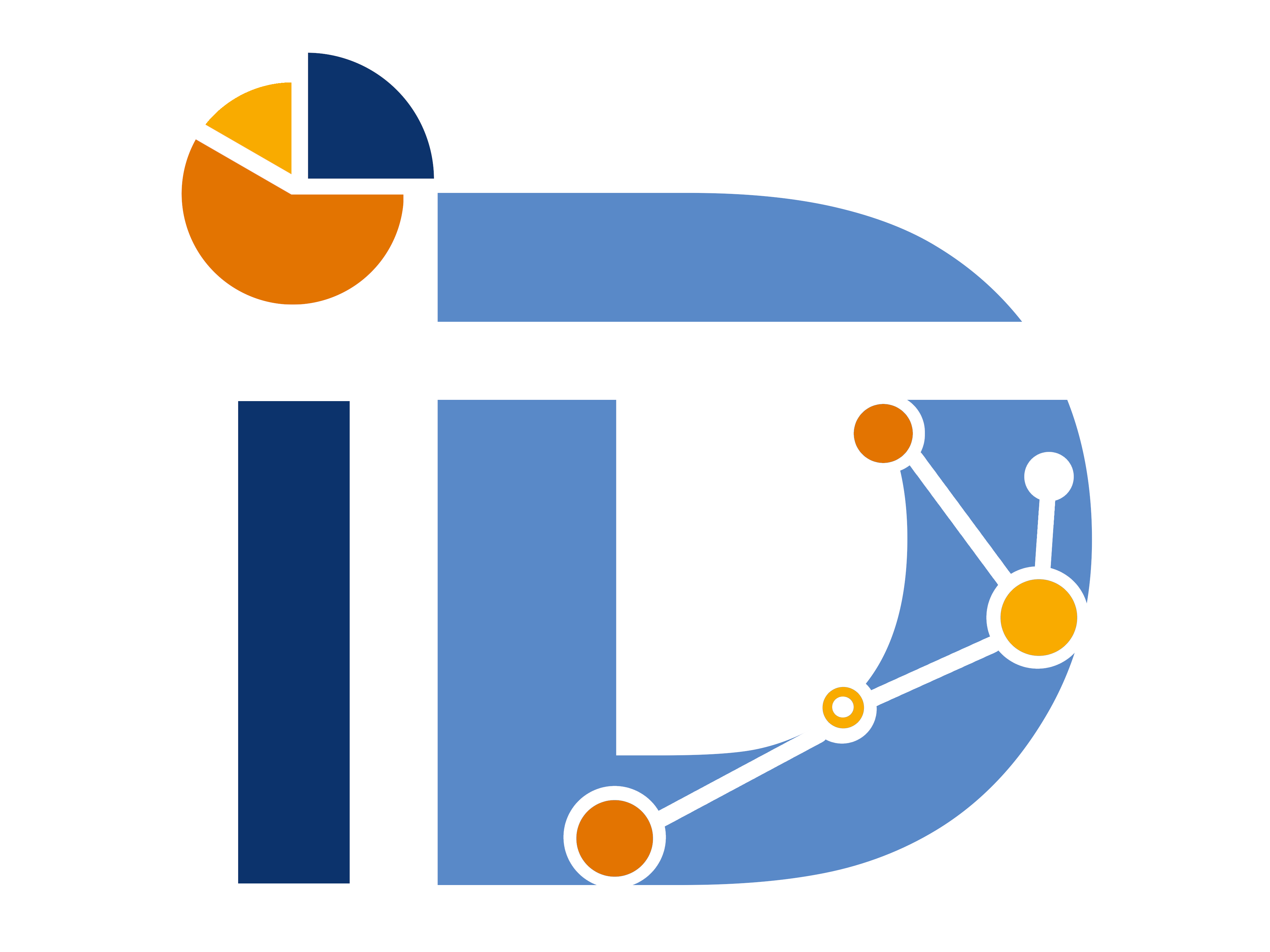-
vii. Advanced Data Management with Tidyverse Package
-
In this chapter you will learn how to use the Tidyverse Package to deal with data on a day-to-day basis. By focusing on small key tasks, the Tidyverse suite of packages removes the pain of data manipulation. The Tidyverse allows you to import, tidy, transform, manipulate, and visualise data. This course covers key Tidyverse areas, such as dplyr, lubridate, tidyr and tibbles.
-
What is the Tidyverse?
-
Tibbles vs Data Frames: differences and similarities
-
dplyr: filtering, joins, and groups
-
Tidy data: What is it and how to get it using tidyr
-
Dates/times with the lubridate package
